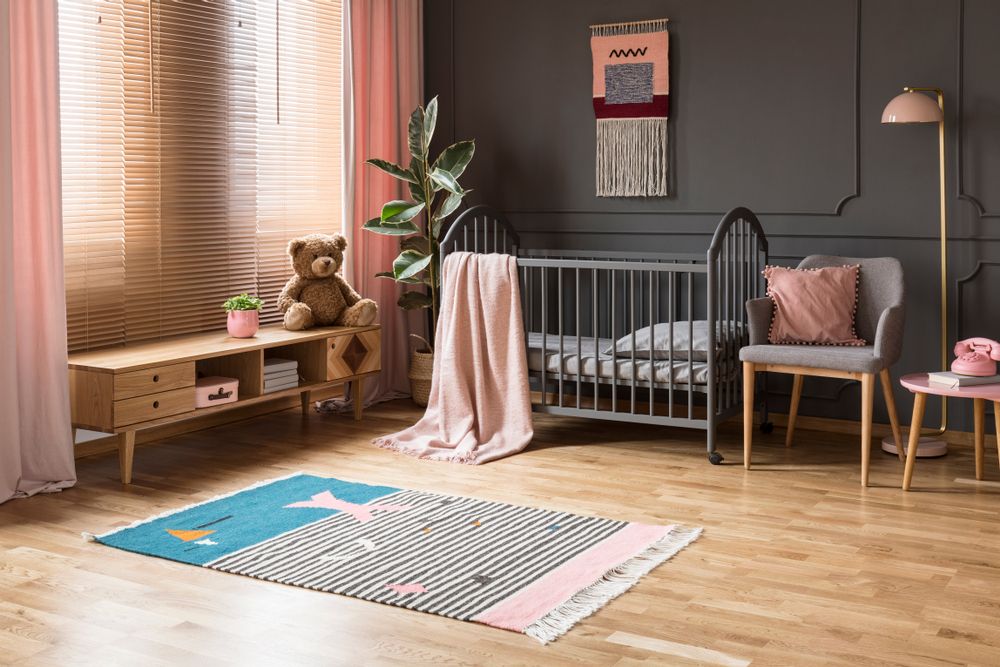When it comes to welcoming a new baby into your home, one of the most important purchases you’ll make is the bed they’ll sleep in. Newborns sleep for up to 16–18 hours a day, and having a safe, comfortable sleeping space plays a crucial role in their development—and your peace of mind.
But with so many options on the market, from bassinets and cribs to portable sleepers and convertible beds, choosing the best baby bed can feel overwhelming. To make it easier, here’s a practical guide to help you understand your options, prioritize safety, and find the perfect fit for your growing family.
1. Understand the Different Types of Baby Beds
There are several types of baby beds designed for different ages, spaces, and lifestyles. Knowing your options helps you choose the best one for your baby’s needs and your living setup.
Bassinets
-
Best for newborns up to 4–6 months
-
Smaller and portable
-
Great for keeping baby close during nighttime feedings
-
Some models come with rocking or vibration features
Cribs
-
Designed for infants to toddlers (up to ~3 years)
-
Sturdy, stationary, and larger than bassinets
-
Come in standard or convertible designs
-
Often used as the primary sleeping solution
Convertible Cribs
-
Start as standard cribs but transform into toddler beds, daybeds, or even full-size beds
-
Long-term value and convenience
-
Higher upfront cost, but they grow with your child
Travel Cribs or Playards
-
Portable and lightweight for travel or naps on the go
-
Foldable and often come with carrying cases
-
Best used as secondary sleep spaces or for grandparents’ homes
Co-Sleepers (Bedside Sleepers)
-
Attach securely to your bed for easy nighttime access
-
Allow closeness while maintaining separate sleep surfaces
-
Suitable for newborns to 6 months
Each option serves different needs depending on your space, lifestyle, and parenting approach.
2. Prioritize Safety First
The most important feature of any baby bed is safety. All sleep products for babies should follow current safety guidelines to reduce the risk of Sudden Infant Death Syndrome (SIDS) and other sleep-related issues.
Key Safety Considerations:
-
Firm mattress: Avoid soft surfaces that can increase suffocation risk
-
Tight-fitting sheets: Loose bedding or soft items in the crib are unsafe for babies under 1 year
-
Slat spacing: Crib slats should be no more than 2 3/8 inches apart to prevent baby’s head from getting stuck
-
No drop-sides: Drop-side cribs are banned in many countries due to safety risks
-
Certifications: Look for JPMA or ASTM safety certification labels
Avoid secondhand cribs unless you can verify they meet current safety standards and have no recalls or broken parts.
3. Consider Your Space
The size of your nursery—or your bedroom if you’re room-sharing—will influence your baby bed choice.
-
Small spaces: Bassinets, bedside sleepers, and mini cribs offer compact options.
-
Shared rooms: Co-sleepers provide proximity without bed-sharing.
-
Spacious nurseries: Full-size cribs or convertible cribs work well if space isn’t an issue.
Also, consider ease of movement. If you plan to move the bed from room to room during the day, choose something lightweight or with wheels.
4. Think About Longevity
Babies grow quickly, and some beds offer more value by adapting as your child ages.
Short-Term Options:
-
Bassinets and bedside sleepers typically last up to 6 months.
-
Good for the early months but will require a transition to a crib later.
Long-Term Options:
-
Convertible cribs can last from infancy through the teenage years.
-
A smart investment if you’re looking to buy once and adapt over time.
Choosing a bed that evolves with your child may reduce the number of transitions and purchases down the road.
5. Choose the Right Mattress
A safe baby bed isn’t complete without a properly fitted, firm mattress. The mattress should fit snugly into the frame with no gaps larger than two fingers between the mattress and the crib walls.
Look for:
-
Waterproof or washable covers
-
Hypoallergenic materials
-
Breathable designs for temperature regulation
Avoid memory foam or overly plush mattresses for babies. Firmness is essential for infant safety and proper spinal support.
6. Look for Additional Features
Depending on your lifestyle and preferences, you may want a bed with added features to make caring for your baby easier.
Optional Features to Consider:
-
Adjustable mattress heights (easier access in early months)
-
Wheels or casters for mobility
-
Storage drawers underneath
-
Foldable or collapsible design (ideal for travel or tight spaces)
While not necessary for safety, these features can add convenience and versatility to your baby’s sleep space.
7. Think About Your Budget
Baby beds come in a wide range of prices—from affordable travel bassinets to luxury convertible cribs.
Budget Tips:
-
Set a range before shopping and focus on key features first (safety, comfort, size).
-
Consider buying a slightly higher-end crib if it will convert and last years.
-
Avoid secondhand unless it meets current safety regulations and is in excellent condition.
Don’t forget to factor in the cost of mattresses, sheets, and other accessories when planning your budget.
8. Match Your Style and Decor
Your baby’s bed will be a central feature in the nursery, so you’ll want it to match the overall aesthetic of your space.
Whether you prefer modern, minimalist, rustic, or classic furniture, there are plenty of crib and bassinet styles to choose from.
Consider:
-
Color and finish (white, wood tone, painted accents)
-
Material (solid wood vs. composite)
-
Shape and design (standard vs. oval or round cribs)
While style shouldn’t outweigh function and safety, it’s still worth choosing a bed you’ll enjoy looking at every day.
9. Plan for Easy Assembly and Cleaning
Many baby beds require some assembly, so check product reviews for ease of setup and sturdiness.
Also, newborns can be messy, so consider how easy the bed will be to clean. Beds with wipeable surfaces or removable, machine-washable fabrics will save time and stress.



